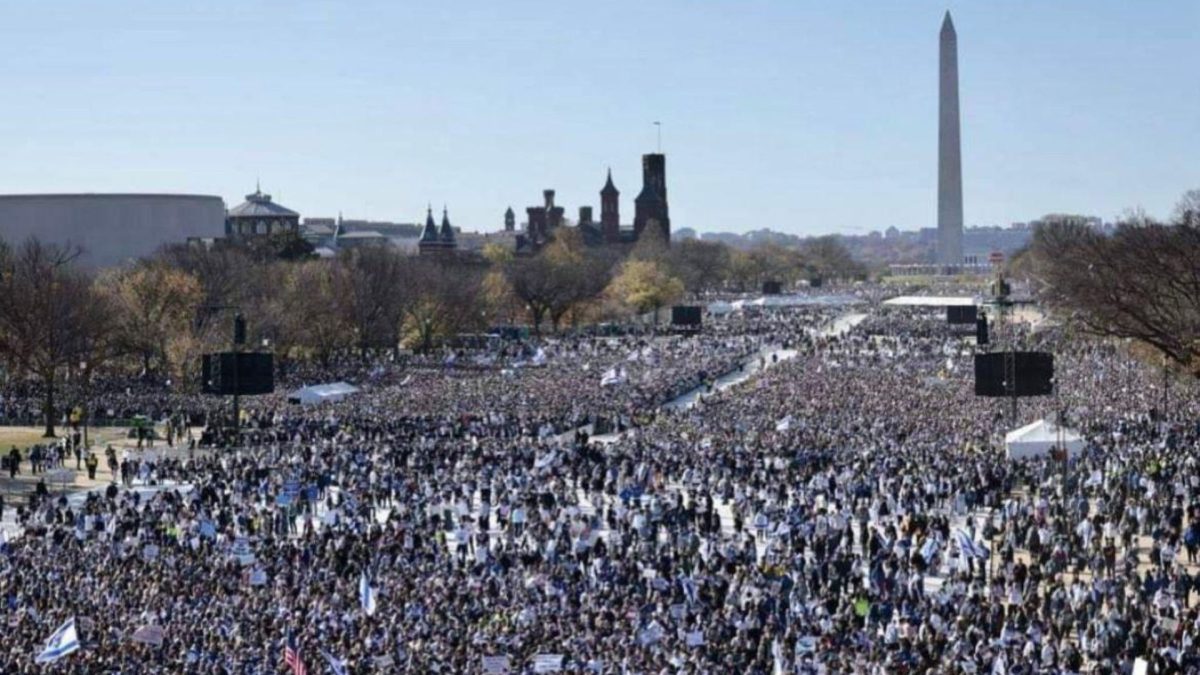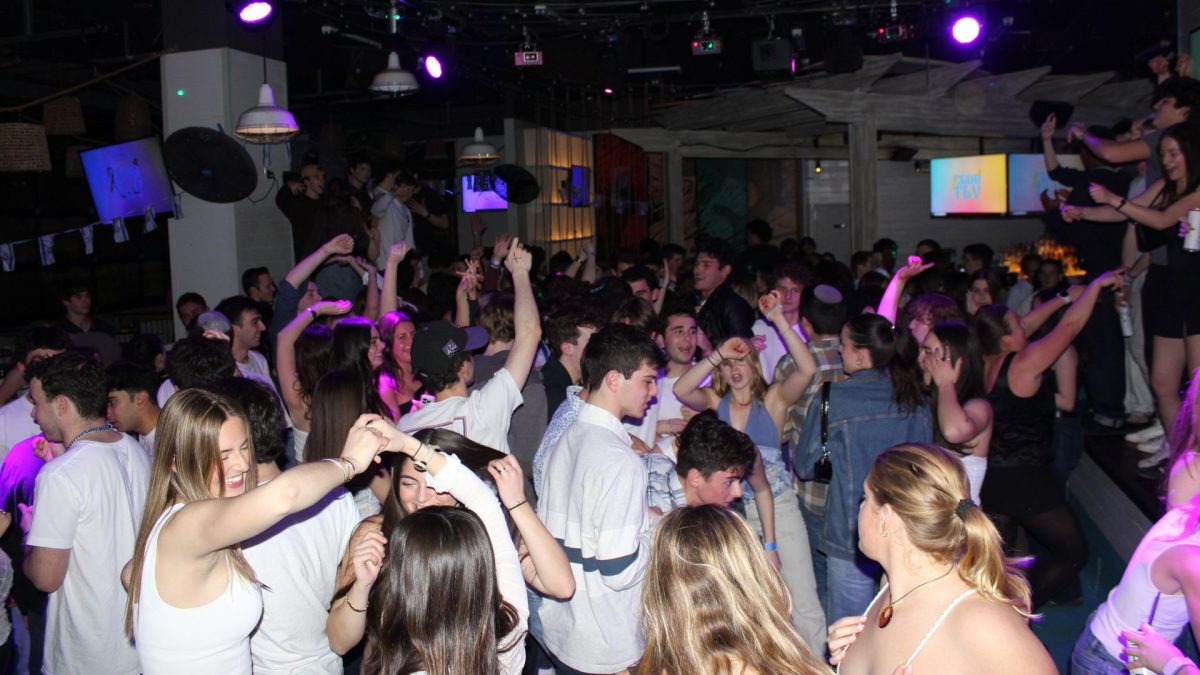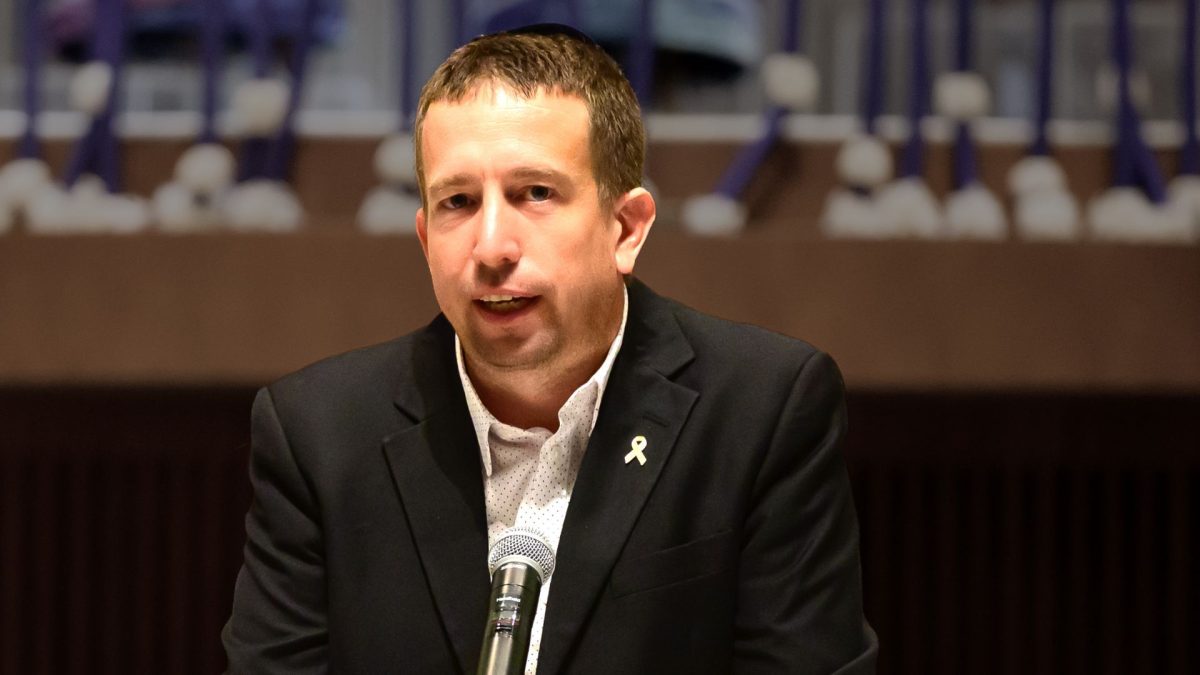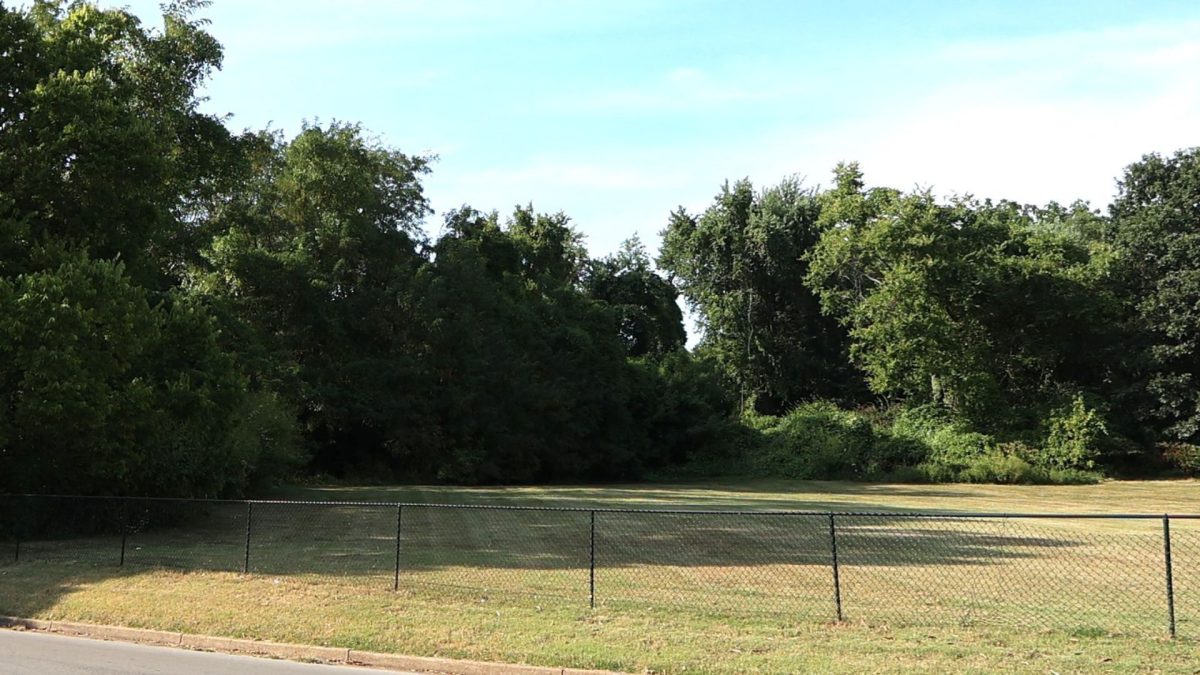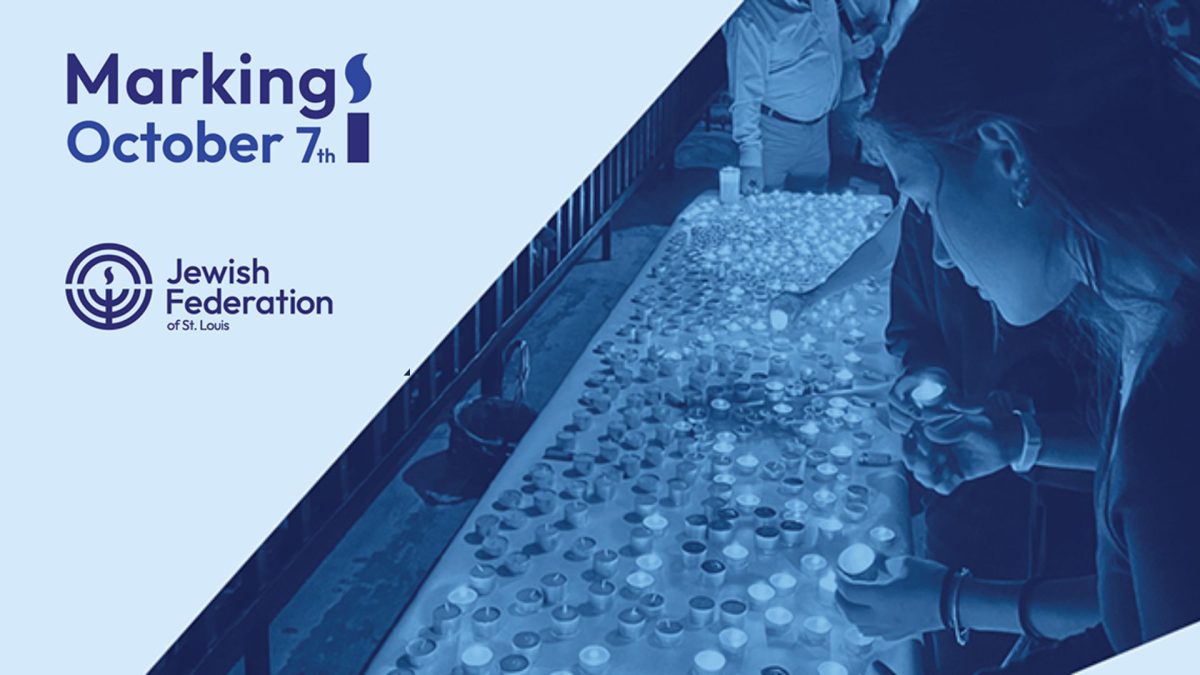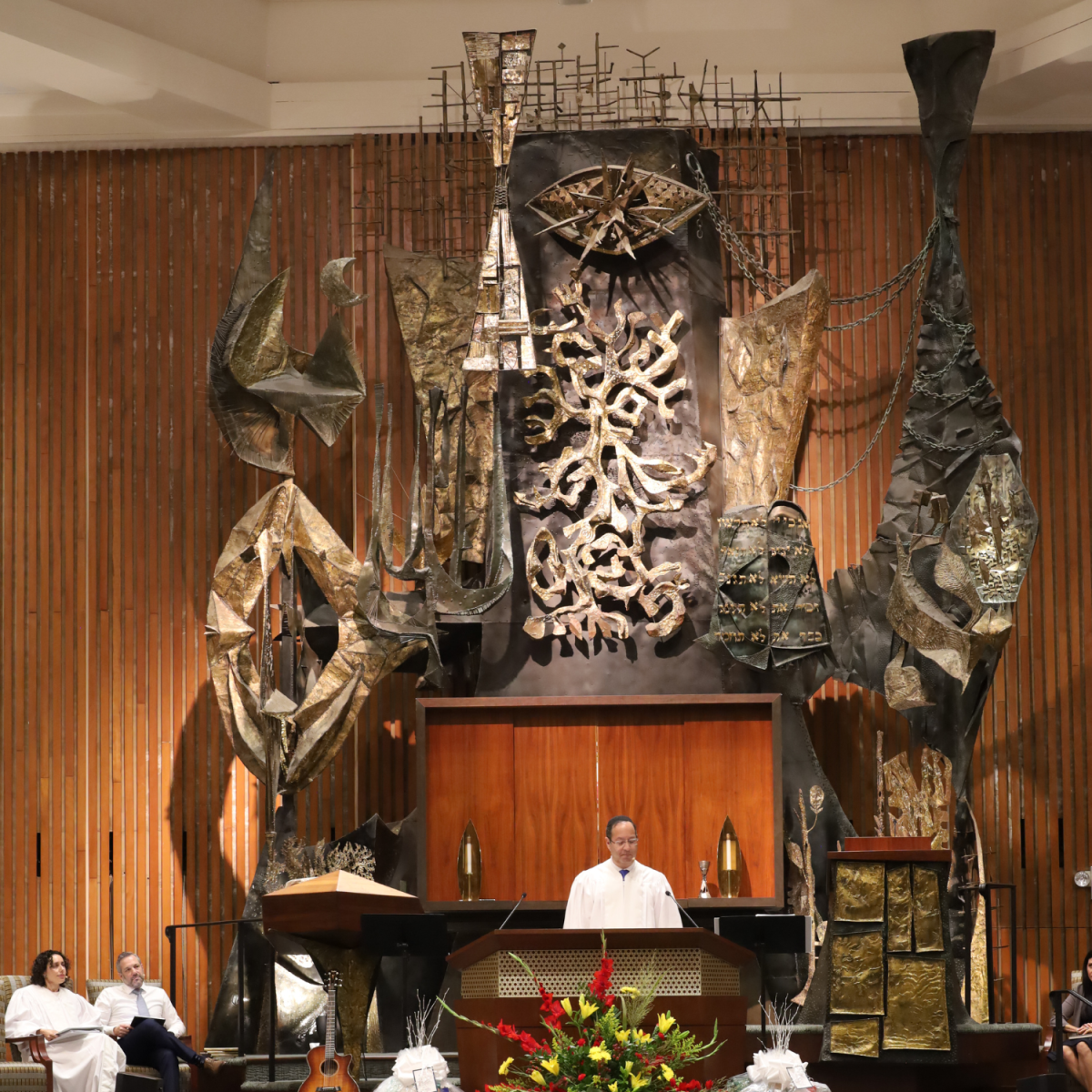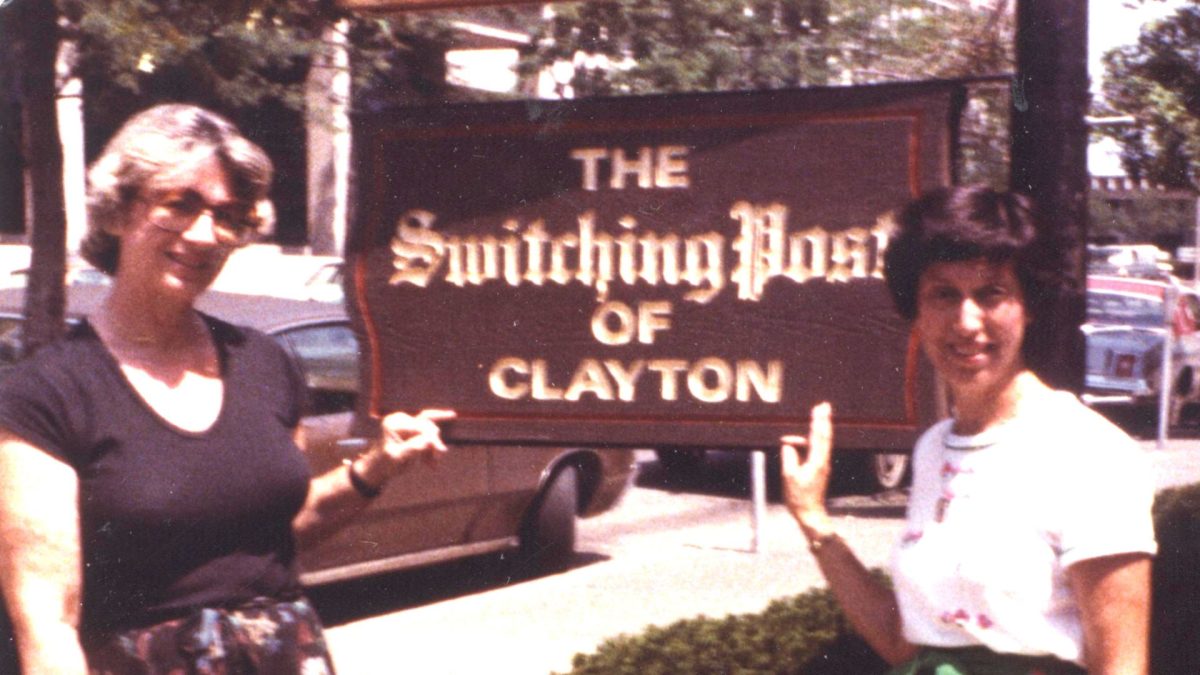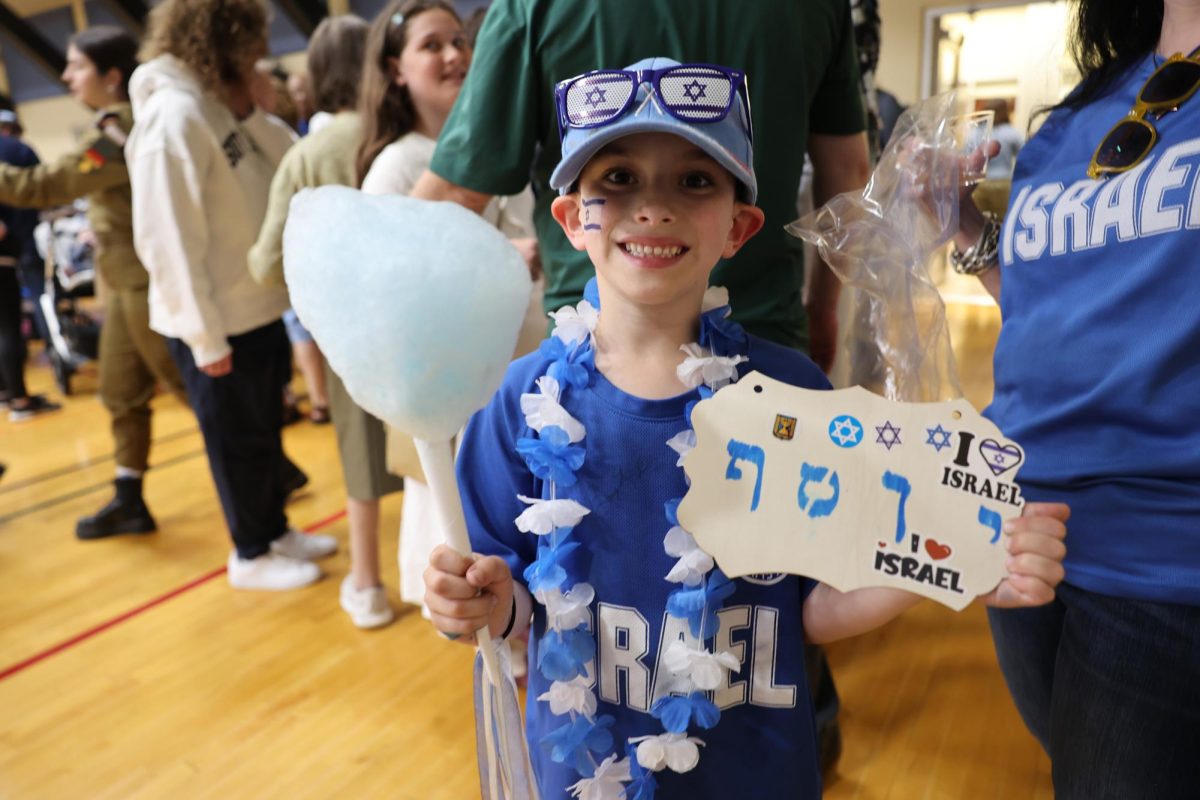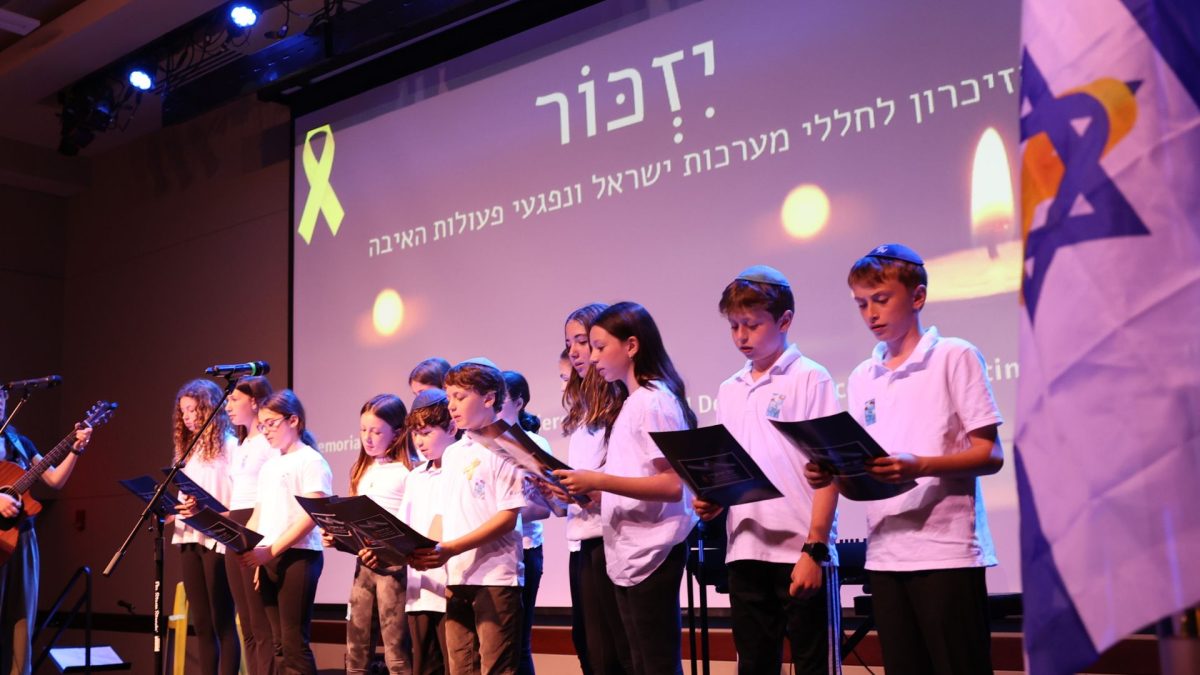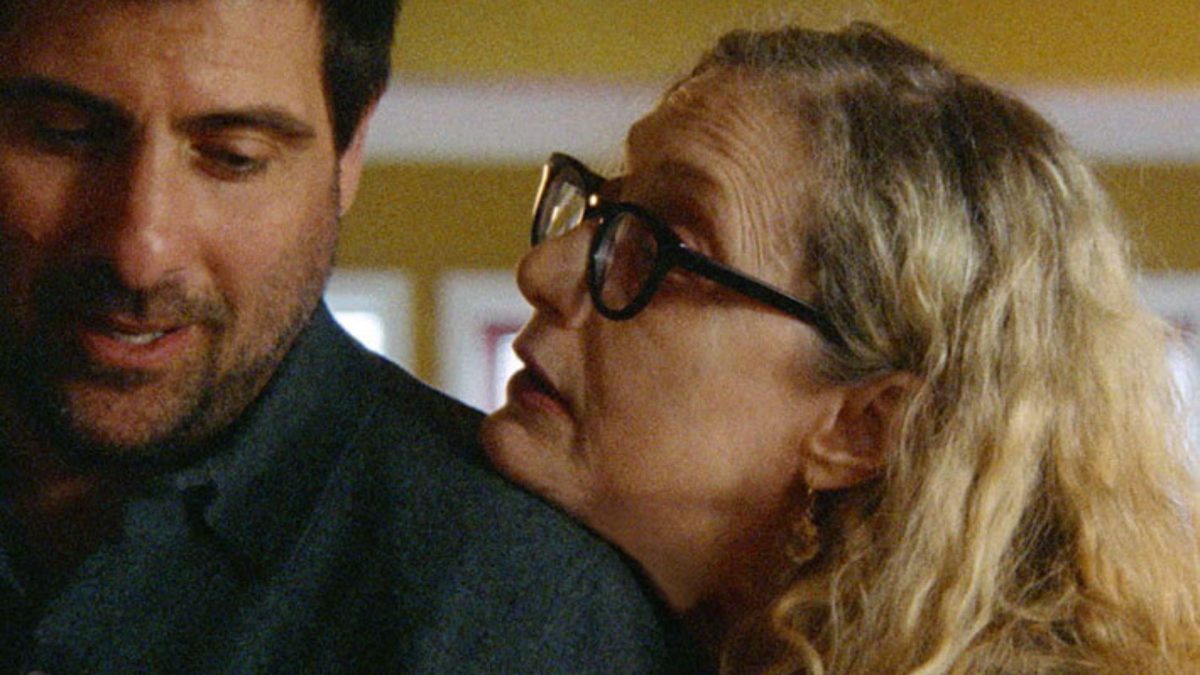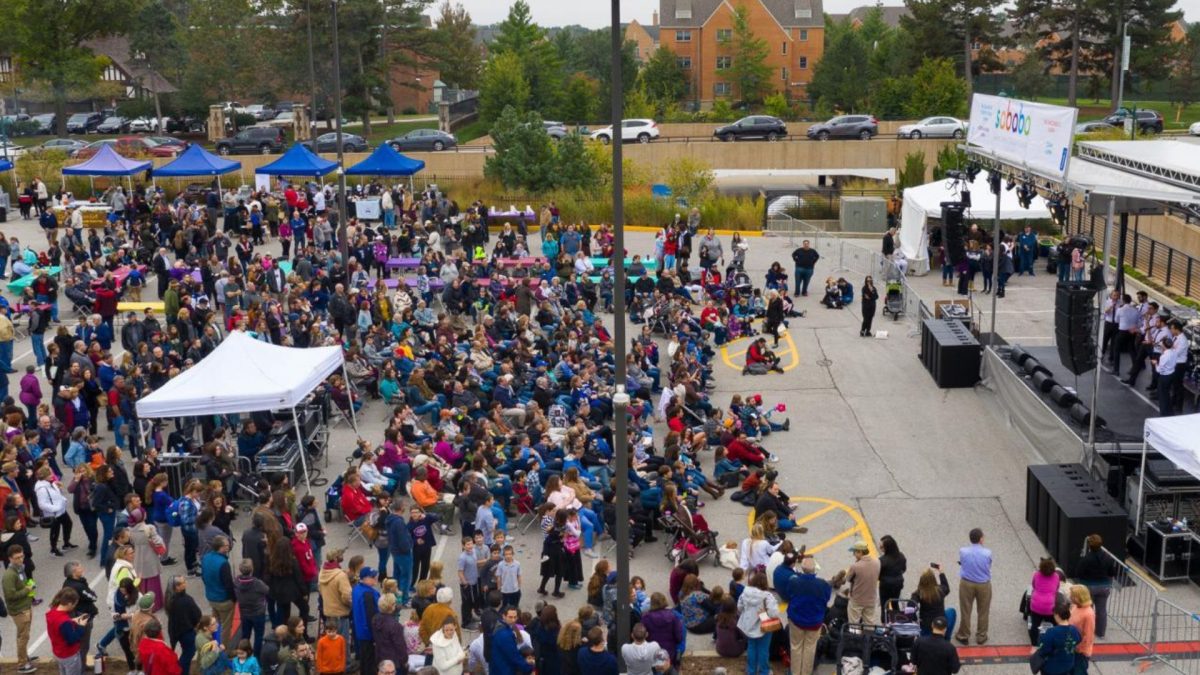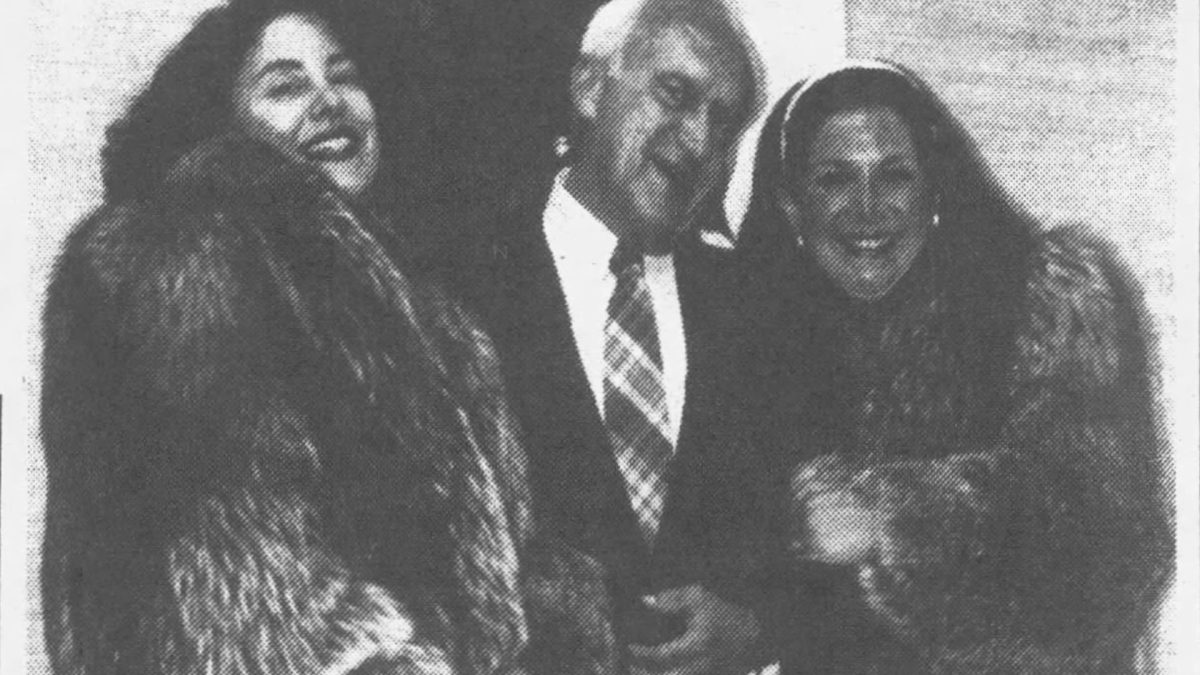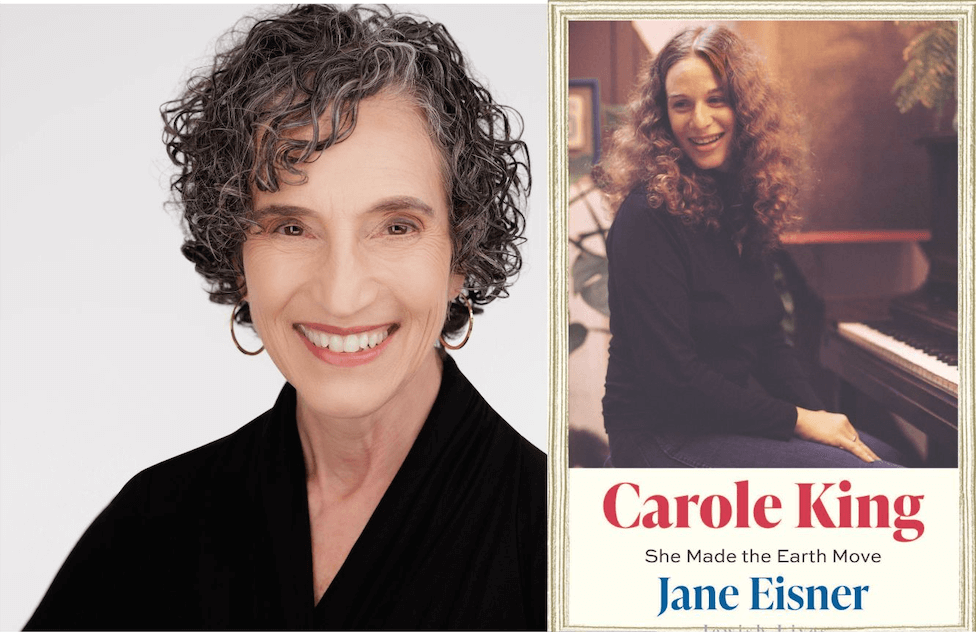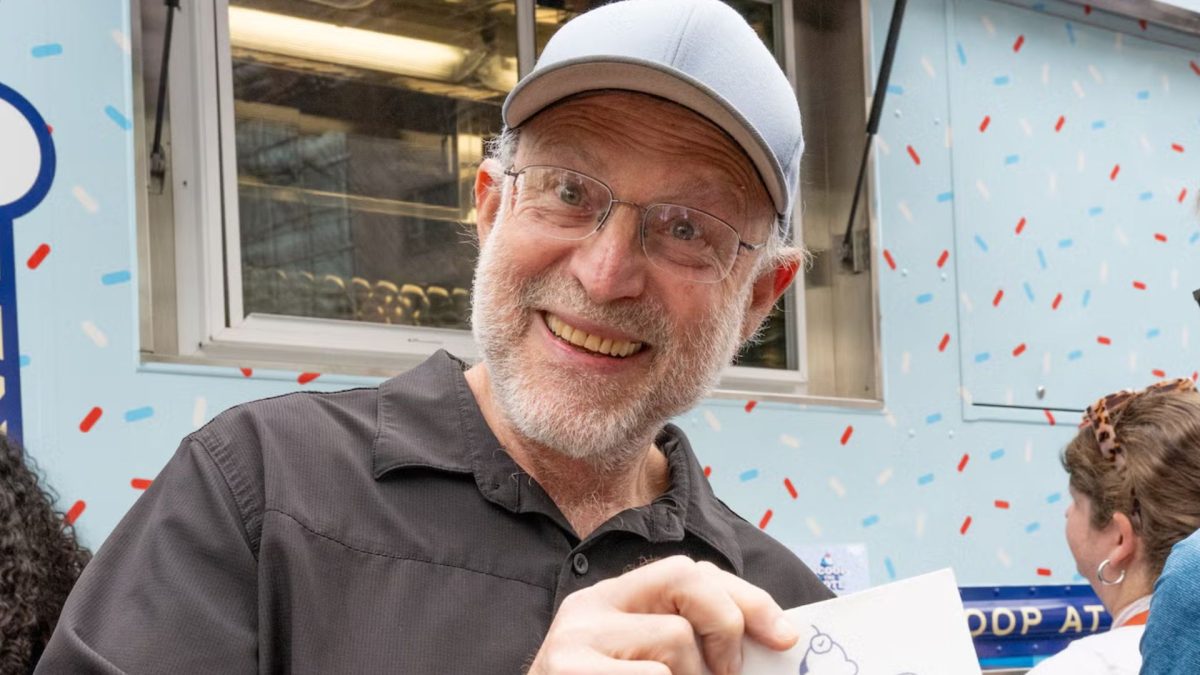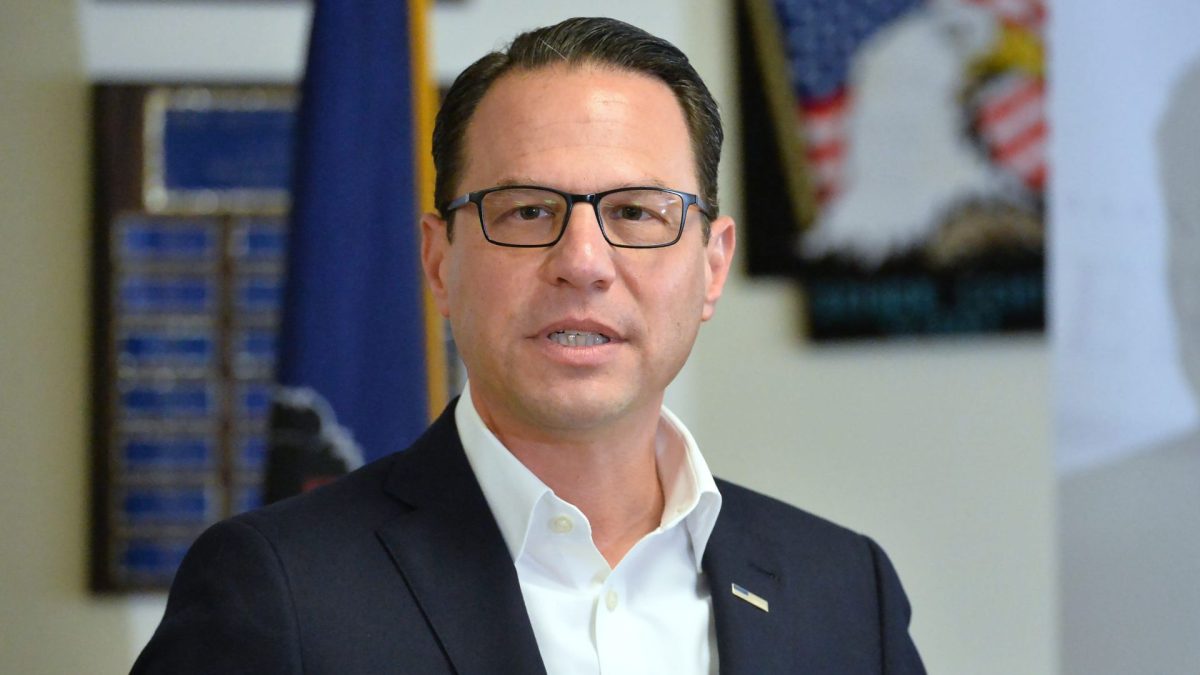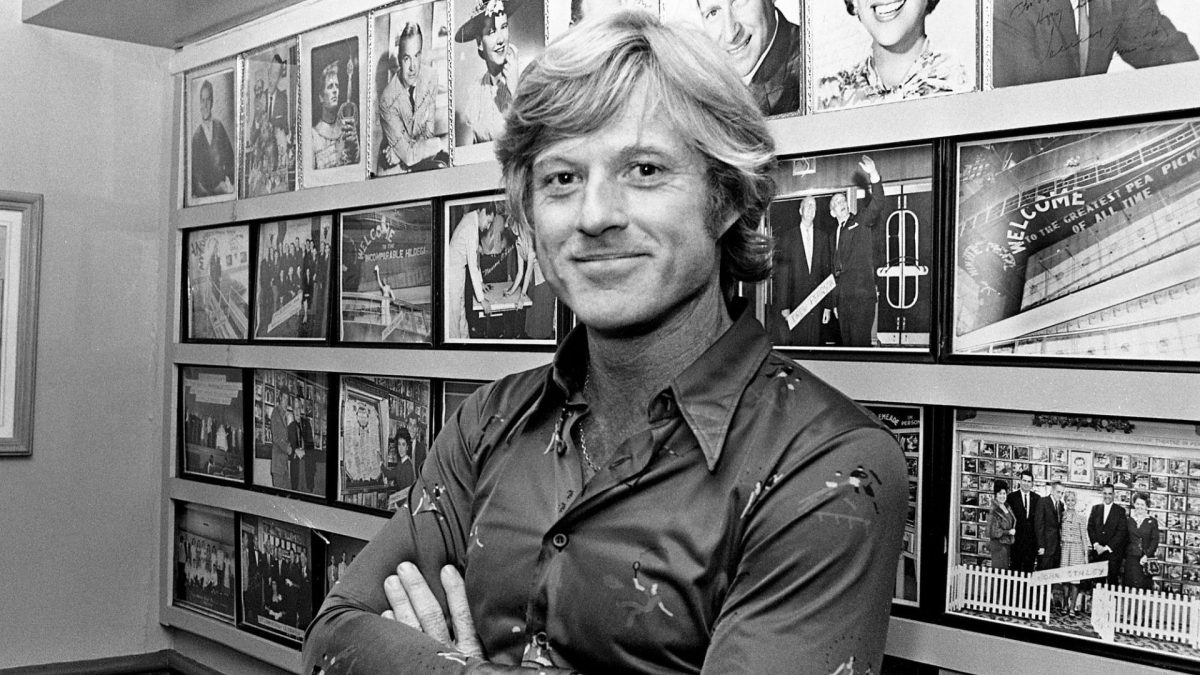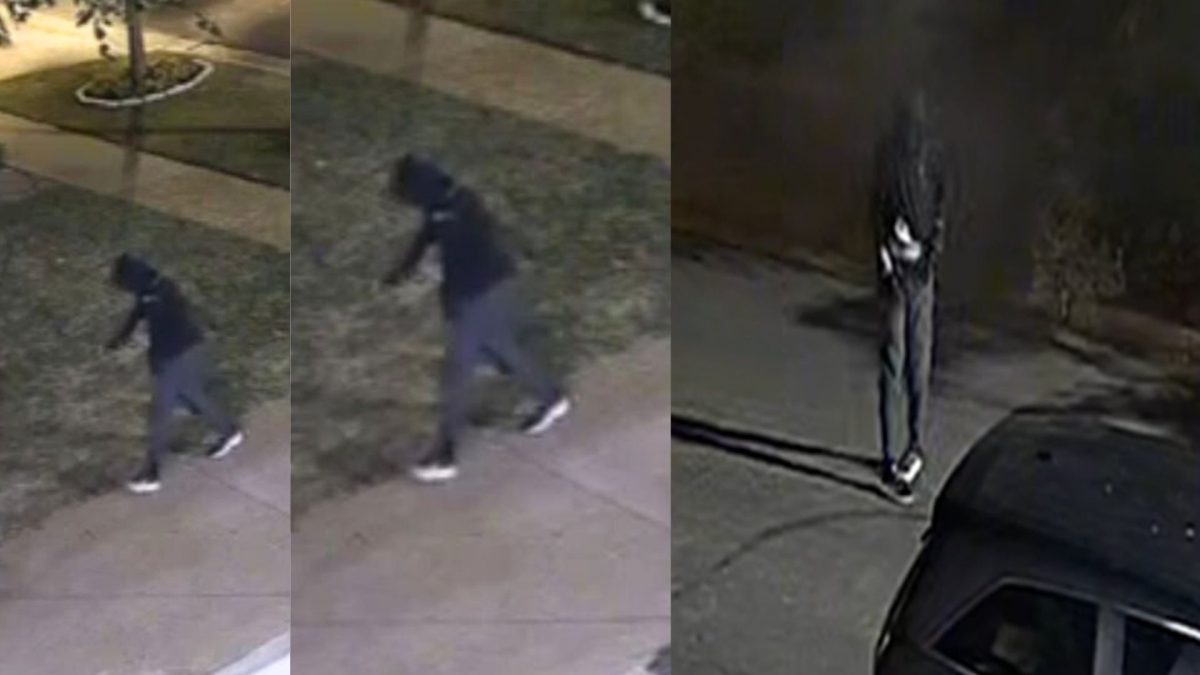WASHINGTON, D.C. — Before roughly 100 plus pro-Israel activists from St. Louis could board their 6:28 a.m. American Airlines flight on Tuesday morning, they encountered a slight technical issue.
“We regret to inform you that our computer is down and we will proceed with our boarding process manually,” said an irritated American Airlines gate agent over the intercom.
Luckily for those eagerly awaiting to attend the “March For Israel” in Washington, D.C., the airline’s computer issue was just a minor hiccup en route to what many hoped would be a powerful day of unity and collective community.
ADVERTISEMENT
‘March for Israel’
Tuesday’s rally aimed to visibly demonstrate the growing broad support for Israel’s war effort and to call for the release of the hostages, in addition to condemning antisemitism. The rally’s organizers — the Jewish Federations of North America and the Conference of Presidents of Major American Jewish Organizations — applied for a permit for 60,000 people, but most recent estimates put the crowd at 290,000, according to William Daroff, CEO of the Conference of Presidents of Major Jewish Organizations, making it one of the largest gatherings of Jews in U.S. history at a time when an ongoing war in Gaza has sharply divided public opinion around the world.
An additional 250,000 people watched the event through a live stream, organizers added. Other Jewish marches that gathered over 100,000 people include one in 1987 in support of Soviet Jews and one in 2002 in support of Israel during the second intifada.
On our plane
The energy of what was to come was palpable on the plane. A moment that must be shared came shortly after the flight crew announced we had achieved our cruising level. The flight attendants turned the cabin PA over to Rabbi Michael Rovinsky, the director of NCSY (formerly known as the National Conference of Synagogue Youth) and the Jewish Student Union.
ADVERTISEMENT
Rovinsky led a group of 49 high school students to the rally and led the airplane in singing the Hatikvah and ‘Am Yisrael Chai’.
Why they went
Approximately 300 Jewish St. Louisans made the journey to Washington, D.C., according to the Jewish Federation of St. Louis. The reasons why are plentiful, but with many commonalities.
For Debbie Greenberg of Creve Coeur, criticism of Israel on social media after its military response to the Oct. 7 Hamas attack played a role in her decision to attend the rally.
“I think the arc of sympathy for Israel is slanted and it’s important that we all come together to show support for Israel, and Jews everywhere,” said Greenberg.
Elliana Makovsky, a junior at Washington University, attended the rally as a representative of the university’s Jewish Student Association (JSA). For Makovsky, pride played a huge role in her decision to head east.
“I feel so proud to be Jewish. I think what I’m most excited about and most proud of is that I think there’s been a lot of divided fronts on individual college campuses. But today we’re going to show that Jews everywhere are unified, like on a global scale,” said Makovsky. “Being with tens of thousands of people like me and unlike me just makes me so proud.”
Aleyal Ben Abraham, an Israeli living in St. Louis echoed what many of the tens of thousands in attendance wrote on signs, and banners and shouted at the top of their lungs all day long.
“I’m here to show solidarity for the state of Israel and stand with Israel during this tough and difficult time. I think Israel is fighting for humanity, so all people around the world, not just Israelis, not just Jews, but all people around the world should stand with Israel against this evil.”
What they saw. What they heard and ‘overcrowded politeness’
The experience of being within a mass of humanity equaling nearly 300,000 people could be intimidating. But the experience on Tuesday was anything but. Despite the immensity of the crowd, there was an uncanny awareness that everyone around you was thinking as you were and there was an overwhelming sense of what can only be described as an “overcrowded politeness.”
Imagine thousands of happy, smiling people pinballing around, bumping into and onto each other, flags twirling in faces, signs blocking views, talking and shouting about war, terror, hostages and even beheadings, but all with a shared camaraderie, or “overcrowded politeness.”
During over three hours of speeches, various figures, including politicians, actors, musicians, activists, and U.S. college students, strongly supported Israel. They discussed the global rise of antisemitism since the Oct. 7 attacks by Hamas and Israel’s subsequent Gaza war. Most, if not all speakers also called for the safe release of over 200 hostages held by Hamas in Gaza.
For WashU Professor Aya Hendin, another Israeli living in St. Louis, the constant messaging and crowd chants to “bring them home” was pivotal.
“I think that for me it’s been very lonely being away during this war and I’m excited being with hundreds of thousands of Jewish people,” said Hendin. “For me, it’s important to be in a big crowd with a very clear message. To bring them home.”
In a live feed from Jerusalem, Israeli President Isaac Herzog said, “we will heal, we will rise again and we will rebuild.”
Natan Sharansky, the former Soviet refusenik and Israeli statesman who spoke at the 1987 rally in support of Soviet Jews, spoke Tuesday during the “March for Israel.”
The Russian dissident called the Jewish people “one fighting family, a family that is so strong, which has so much love. And know that there is only one outcome in this battle: Our victory.”
Minor variations in messaging were evident among prominent figures from both the Democratic and Republican parties, as well as between the Biden administration and Israel.
Mike Johnson, the recently appointed Republican speaker of the House, garnered loud cheers when he firmly stated that the United States would dismiss widespread calls for a ceasefire, deeming them “outrageous.”
On the Democratic side, Senator Majority Leader Chuck Schumer and House Minority Leader Hakeem Jeffries, both representing New York, refrained from mentioning a ceasefire. The Biden administration, while sharing the overall goal of dismantling Hamas with Israel, diverges on the extent to which there should be pauses in the conflict to facilitate the delivery of humanitarian aid to Gaza.
What it all means
The rally started and ended with cries of “Bring them home,” and “Am Yisrael chai”— “the people of Israel live.” For those in the St. Louis delegation, the powerfulness of the experience will hopefully carry forward back home, as the war rages on.
“For me, the highlight of the march was that one in 20 Jewish Americans gathered on a Tuesday afternoon with a shared purpose,” said Rabbi Hershey Novack, co-director of the Chabad on Campus Rohr Center for Jewish Life at WashU. “Let’s hope that this powerful force will drive meaningful impact in all aspects of Jewish life long after the terror of Hamas has ended, the hostages are free, and the scourge of antisemitism is only written about in history books.”
“We’ve all been walking around with this dread since Oct. 7th. This kind of ‘I can’t believe this is happening’ feeling. But for a few minutes today, I felt joy,” said Ellen Alper, executive director of the National Council of Jewish Women St. Louis. “Joy being together as a group. Joy being together as a community. Joy at knowing that we were all there supporting each other during this difficult time. And that was amazing.”



